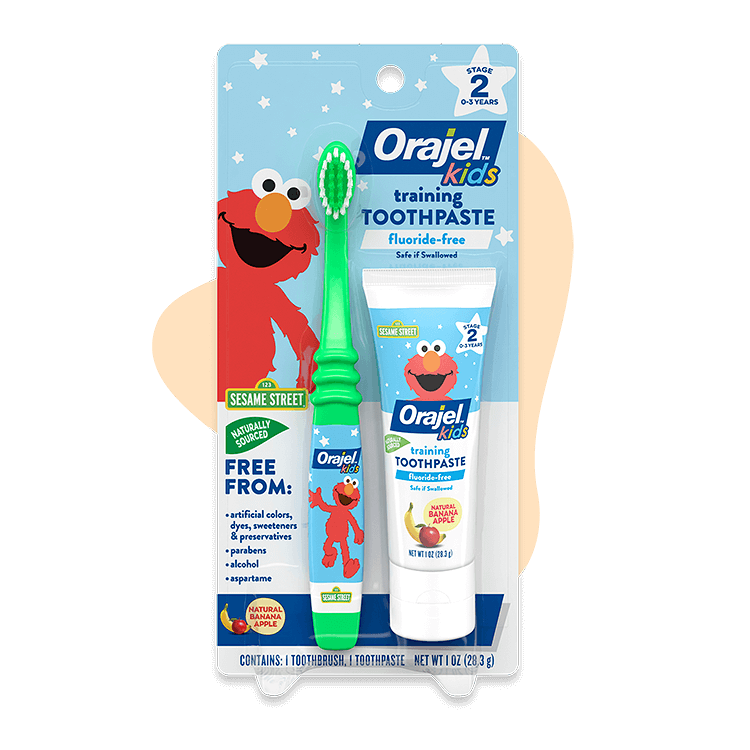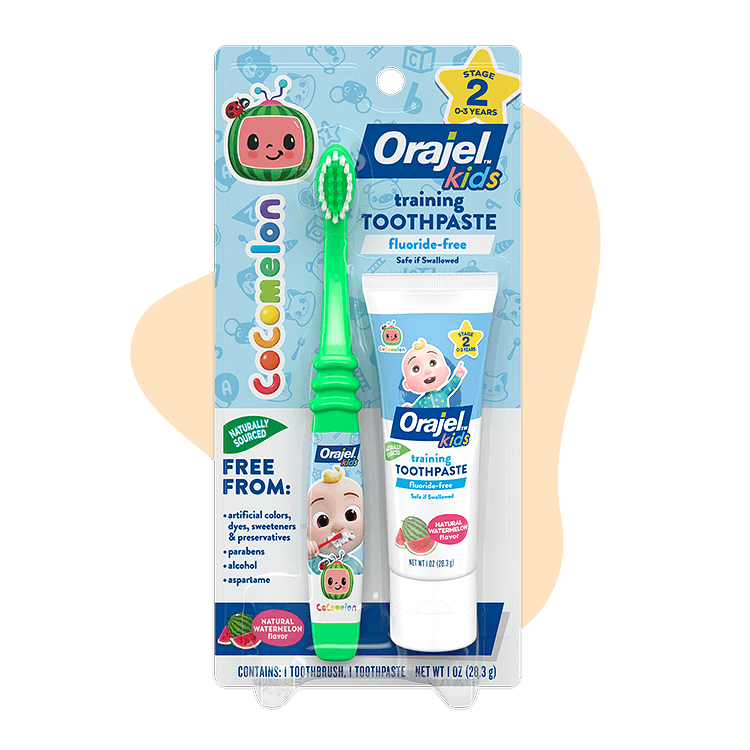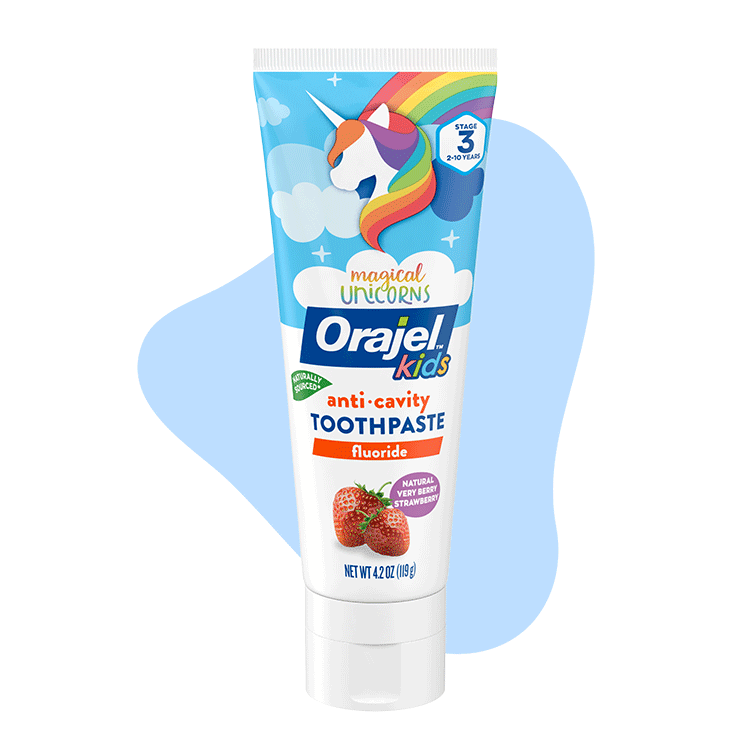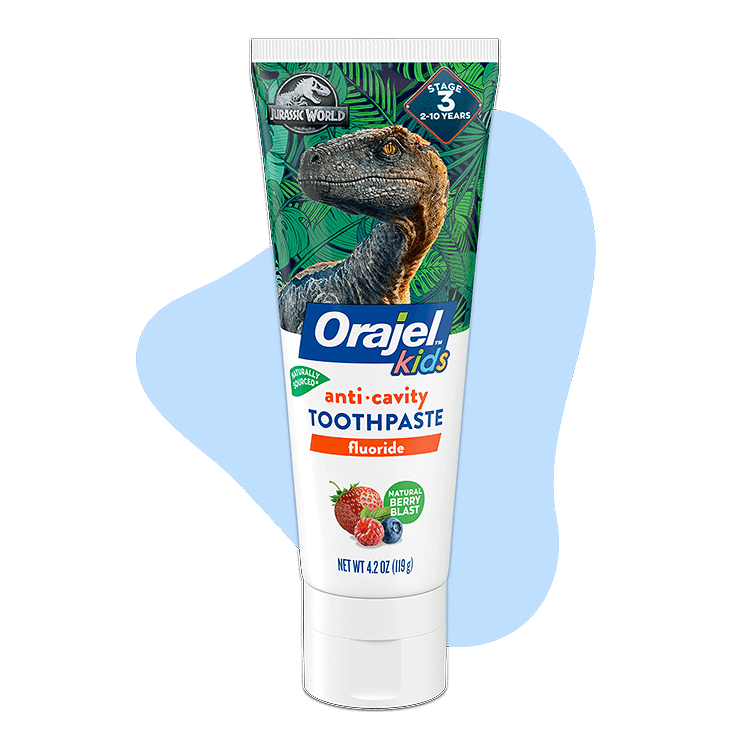Although that first baby tooth peeking through the gums and the first sign of a wiggly tooth years later are rites of passage in your child’s life, they can also be painful and stressful times for parents and children alike! Here’s a helpful guide to what you might expect as your kid’s baby teeth fall out and their permanent teeth arrive.
Every child gets two sets of teeth: baby (aka primary, deciduous, or milk teeth) and permanent teeth. The first set of teeth start coming in around six months of age and lasts until around age 10-12. Permanent teeth start coming in around age 6 and must last a lifetime.
Your child’s first teeth are most commonly called “baby teeth,” but if you’ve ever had a toddler indignantly proclaim, “I’m not a baby!” it may be helpful to know that baby teeth are also called primary teeth (as in first teeth) or deciduous teeth (like the trees that lose their leaves). You may also hear first teeth referred to as “milk teeth” since children start to get them while they are infants primarily drinking milk. Whatever you call them, it is important to take care of both primary and permanent teeth and to know what you can do as your child gets and loses teeth over the years.
When Do Kids Start Losing Baby Teeth?
Your child may lose their first baby tooth as early as age 4 or as late as 7, though between 5 and 6 is the average age. Get ready for cute, gap-toothed grins in your child’s elementary school pictures!
As with getting their primary teeth, some kids’ permanent teeth come in earlier than others. If your child got their milk teeth on the early side of the age range, they may also lose those teeth earlier.
Every child is different, so there isn’t a magical day when your child will suddenly drop teeth from their mouth (wouldn’t it be nice if you could schedule it, like a dentist appointment?). However, there are general age ranges for when kids lose their deciduous teeth and the permanent ones come in, and there is a typical order.
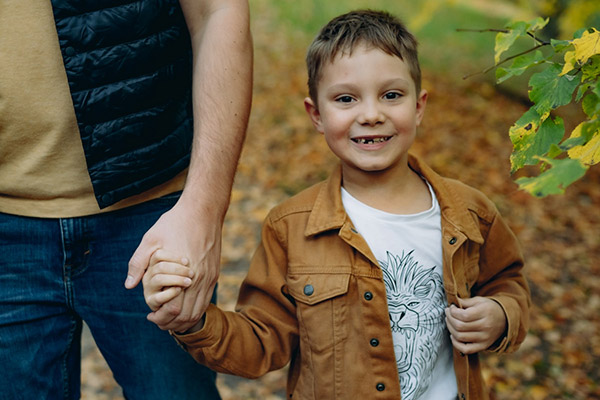
How can I help my child with losing their teeth?
How your child reacts to losing their teeth can run the gamut from excitement to horror. Some kids think it’s cool to lose a tooth and may be excited for the new tooth – or the tooth fairy’s loot! Other kids are generally unfazed by the whole ordeal, and you may not even know they have a loose tooth until they just hand you a tooth one day!
Still other kids find the sensation of the loose tooth to be distracting at best and unbearably annoying at worst. Especially if your child has sensory or transition difficulties the feeling of a wobbly tooth when eating can consume their attention and they can “worry it” by over-wiggling throughout the day or even refuse to eat while the tooth is unstable.
It’s important to remember that although a loose tooth can feel “weird”, it shouldn’t be painful. The teeth loosen and fall out on their own, and if your child is feeling intense pain or discomfort, it could be a sign that something is wrong, such as a broken or cracked tooth or an exposed nerve due to tooth decay. Check in with your dentist if your child is experiencing pain from a loose tooth.
You can help your child with a loose tooth by:
- Reassuring them that this is a normal process that everyone goes through, including you, their siblings, and family and friends. Even their favorite superhero!
- Providing something cold, like a sugar-free popsicle to help numb and distract from the wiggly feeling.
- Cooking easier-to-eat foods or cutting items into smaller pieces while a tooth is loose.
- Encourage your child to wiggle an already loose tooth, to help shorten the time from getting loose to falling out.
- Helping to remove a tooth once it is very loose and ready to fall out. Do not force a tooth out of the mouth before it is ready.
- Providing a water flosser to help with their tooth cleaning and to help flush out any debris that may get into holes and gaps where loose teeth fell out. Don’t stop brushing their teeth while a tooth is loose!
- Getting mouth guards for your child if they play sports such as soccer, football, lacrosse, hockey or field hockey to help protect the teeth.
- Getting regular dental and orthodontic care to ensure your child’s permanent teeth are coming in properly and to help prevent cavities.
- Continuing to encourage proper brushing with a fluoride toothpaste and a battery- powered toothbrush with one of their favorite characters.
- Once your child is 12 or older, they can use an oral rinse such as Orajel™ Toothache Rinse to help soothe irritated gums and provide overall mouth pain relief.
- Take a pain reliever such as acetaminophen or ibuprofen to help with discomfort.
- After your child is 12 or older, try applying a topical analgesic to the tooth and gums to relieve pain at the source. Orajel™ 4X Medicated for Toothache Cream has 20% benzocaine to provide immediate oral pain relief.
- Making the tooth fairy part of the fun can help your child feel not just proud, but also excited to trade lost teeth for fun items. Try including a toothbrush with their favorite character or a tube of fluoride toothpaste as part of the loot the tooth fairy leaves behind. You can also leave congratulatory notes or a brushing chart to track their progress!
Which teeth fall out at which age?
Kids’ baby teeth tend to fall out in around the same order as they came in. It may seem long ago, but you might remember how the lower front teeth first peeked through the gums, then the upper front teeth for the first four (and your child gained the ability to bite!). The first teeth that came in as babies tend to be the first ones to fall out as your child prepares for their permanent teeth.
After the front two upper and lower teeth, baby teeth tend to continue to fall out from the front to the back of the mouth, lower and upper, usually skipping the canine or “eye” teeth and jumping to the first molars.
There is typically a gap of a few weeks to a few months between the primary tooth falling out and the permanent tooth filling in the hole.
Use this chart to help know when baby teeth fall out (and permanent teeth come in) in what order, and around what ages:
| Primary Tooth | Age Range of Loss |
|---|---|
| Front two lower teethlower central incisors) | Ages 5-7 |
| Upper two front teeth(upper central incisors) | Ages 6-7 |
| Upper teeth left and right of front teeth(upper lateral incisors) | Ages 7-8 |
| Lower teeth left and right of bottom front teeth(lower lateral incisors) | Ages 7-8 |
| Upper first molars | Ages 9-11 |
| Lower first molars | Ages 9-11 |
| Lower canines | Ages 9-12 |
| Upper canines | Ages 10-12 |
| Lower second molars | Ages 10-12 |
| Upper second molars | Ages 10-12 |
What factors affect when my child’s teeth fall out?
Dental trauma, like a fall that bumps a tooth, or tooth decay and cavities can also affect when your kids’ teeth fall out. It’s best not to lose a tooth early, as that won’t hurry up the process of the permanent tooth meant to replace it coming in. If a child does lose a tooth before its time due to an accident or severe decay, a nearby permanent tooth may try to fill the gap on the jawline, leading to crooked or crowded teeth. The best way to help prevent early tooth loss is to get your child regular dental care, eat a healthy diet, and brush their teeth regularly and properly.
Other factors that can influence how early or late your kids’ teeth fall out include genetics. If you or your partner were an early or late teether, your children may follow this pattern as well!
When do molars come in?
Molars are the chewing teeth located in the back of the mouth. For baby teeth, the first set of molars typically erupt around age 3 and the second set around age 6. These primary molars are the last of the baby teeth to fall out and are replaced by permanent premolars that fill in the gap from the canine teeth to the permanent molars further back in the mouth.
As for permanent molars, there are three sets that come in over 10 years from around age 6 to late adolescence. The first permanent molars come in around age 6 (aka 6-year molars) and they arrive in the back of the mouth behind the primary molars, without any other teeth falling out. The second set of molars follows behind the first at ages 10-12 (aka “12 year molars”) and the third molars (aka “wisdom teeth”) start developing under the gums around ages 14-16 and coming in around ages 16-18.
Are wisdom teeth the same as 12-year molars?
Wisdom teeth are not the same as 12-year molars. Wisdom teeth are a third set of permanent chewing teeth that come in during adolescence as your child nears adulthood. Did you know not everyone gets wisdom teeth?! Some people only get one or two wisdom teeth, and some people never develop them at all!
Other people will get a full set of upper and lower wisdom teeth that will come in alongside the second molars without issue. But many teens’ jaws do not have room for the third molars and these teeth can develop at an angle, with the tooth pushing against the second molars. Your dentist or oral surgeon may advise removing your child’s third molars (aka wisdom teeth) before they cause further pain and crowding of other teeth. This typically happens around age 16-17.
Be sure to continue regular dental care throughout the pre-teen and teen years so your dentist can advise whether your kids teeth are coming in on schedule and in proper alignment and if orthodontic treatment may be needed to help ensure a healthy bite and smile.



